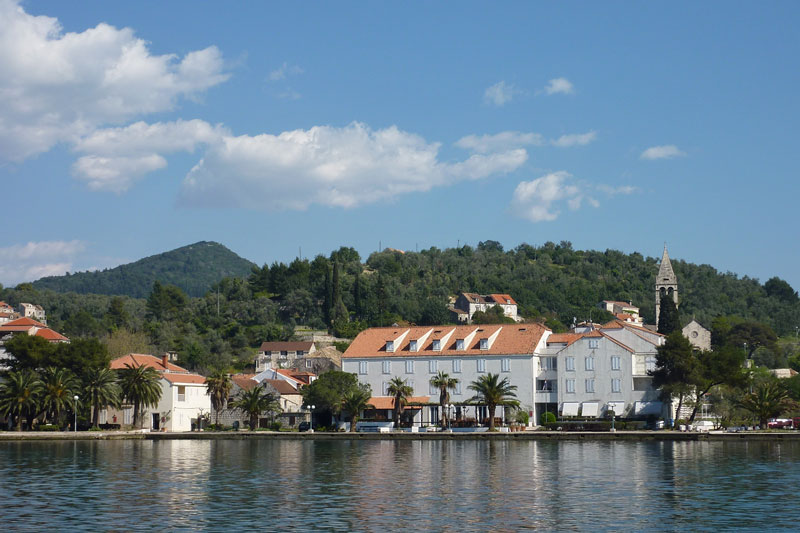Dubrovnik stands on a rocky peninsula, surrounded by its medieval walls. For 450 years this was the republic of Ragusa, a powerful maritime city-state that attracted the greatest artists, writers and architects of the time.
History is a permanent presence when sailing these waters and nowhere more so than in Korcula, where its attractive capital is reputed to be the birthplace of Marco Polo in 1254. The old port played an important role when the Venetians ruled this part of the world, and the house where that greatest of medieval travellers first saw the light of day, still stands in a narrow side street. Mljet is a place of almost mythical beauty, with pinewoods, sandy beaches and lakes at the heart of a national park.
According to legend, Mljet was the home of the beautiful nymph Calypso, who in Homer’s Odyssey seduced Ulysses and held him prisoner for seven years in her cave on the south coast of the island. Whatever the truth of the story, Mljet is an island which continues to captivate visitors today.
Itinerary – Dubrovnik, Korcula & Mljet
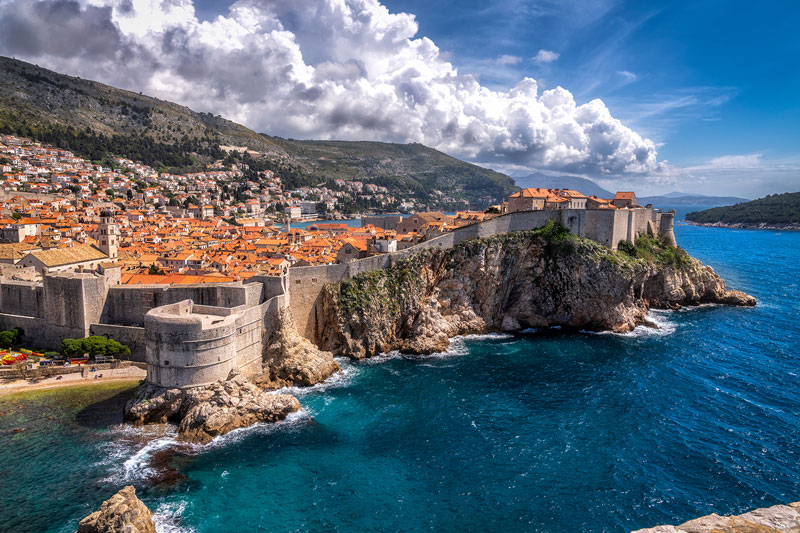
Day 1 – Dubrovnik
Regardless of whether you are visiting Dubrovnik for the first time or the hundredth, the sense of awe never fails to descend when you set eyes on the beauty of the old town. Indeed, it’s hard to imagine anyone becoming jaded by the city’s limestone streets, baroque buildings, and the endless shimmer of the Adriatic, or failing to be inspired by a walk along the ancient city walls that protected the capital of a sophisticated republic for centuries. Although the shelling of Dubrovnik in 1991 horrified the world, the city has bounced back with vigour to enchant visitors again. Marvel at the interplay of light on the old stone buildings; trace the peaks and troughs of Dubrovnik's past in museums replete with art and artefacts; take the cable car up to Mount Srđ; exhaust yourself climbing up and down narrow lanes – then plunge into the azure sea.
Day 2 – Okuklje
A beautiful little bay on the northern shore of the island, Okuklje is a popular summer destination for visitors to Mljet. Facing the Croatian Mainland, this quiet and relaxed seaside village offers a couple of restaurants and cafes and a lot of good swimming spots to enjoy the clear waters. Hills around the bay are excellent hiking locations offering great views over the channel.
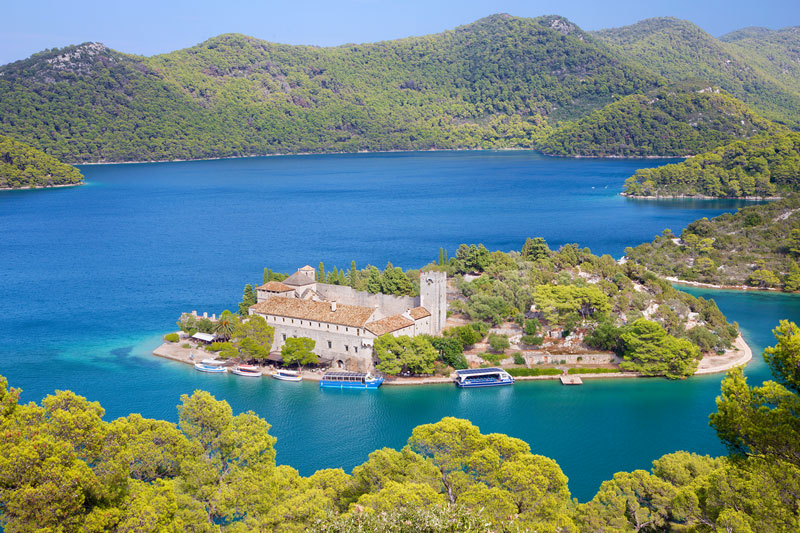

Day 3 – Pomena
Forest-shrouded Mljet is one of the most seductive of all the Adriatic islands. The establishment of a national park in 1960 put the island on the tourist map, but Mljet is anything but overrun. The island retains the unspoilt air of tranquillity that, according to legend, captivated Odysseus for seven years. Pomena is a small village and harbour located at the western end with some 50 permanent inhabitants who live for farming, fishing, and tourism. Being just 15 minutes’ walk away, the village is the main entry point for the national park and has a couple of restaurants, coffee bars, grocery and souvenir shops.
Day 4 – Korcula
Rich in vineyards, olive groves and small villages, and harbouring a glorious old town, the island of Korčula is the sixth largest Adriatic Island, stretching nearly 47km in length. Dense pine forests led the original Greek settlers to call the island Korkyra Melaina (Black Corfu). Quiet coves and small sandy beaches dot the steep southern coast while the northern shore is flatter and more pebbly. Tradition is alive and kicking on Korčula, with age-old religious ceremonies, folk music and dances still being performed to the delight of an ever-growing influx of tourists. Oenophiles will adore sampling its wine. Arguably the best of all Croatian whites is produced from the indigenous grape pošip, particularly from the areas around the villages of Čara and Smokvica.
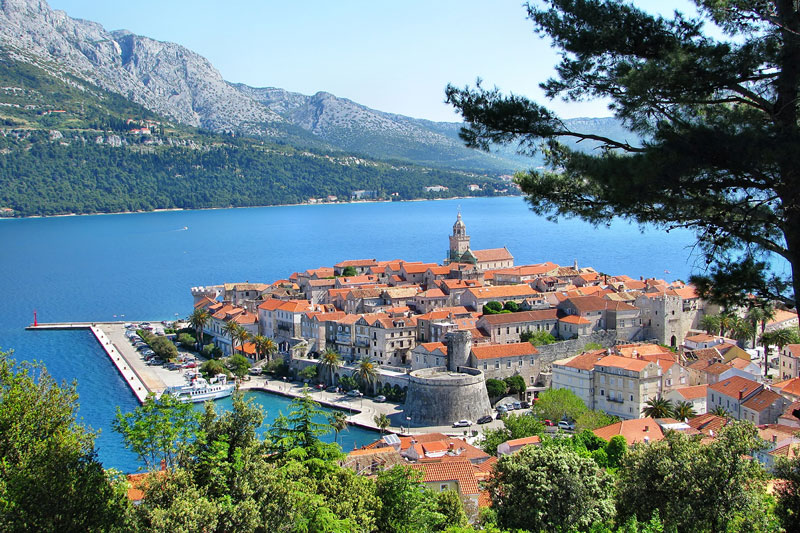
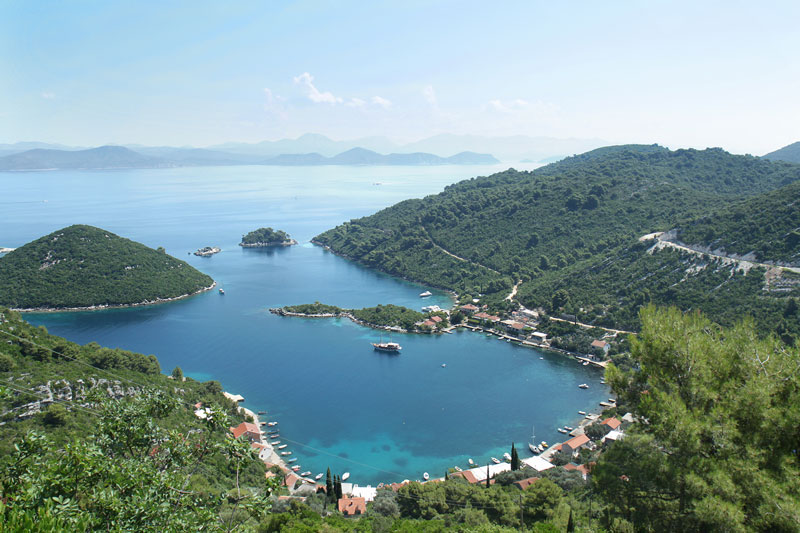
Day 5 – Prozura
Prozura is one of the oldest settlements on Mljet, hidden in the inland of the island under the hills of Muzanje and Spas - mentioned in 1345 for the first time and inhabited until today, where the people lived mostly in fisheries and ship repairs. Only 53 people live in Prozura engaged mostly in tourism and catering. With your total relaxation guaranteed, let their hospitality lead you through the stories of the of the rich history of the place and through the gastronomic delights, the traditional Dalmatian dishes which can only be prepared by someone whose past generations were grown on fresh seafood and the wild ecologically grown herbs and plants on this magical Mediterranean island.
Day 6 – Sipanska
Sipan is the largest of the main Elafiti islands with two main villages – Sudjuradj on the southeastern tip, and Sipanska, on the western side, each centred around a bay. Sipan dates from the 1370s and was part of Ragusa, the Dubrovnik Republic. During the 15th and 16th century, the wealthy Ragusa families built their mansions as a summer residence – the remains together with the Rector’s and Archbishop’s palaces can still be seen today.
